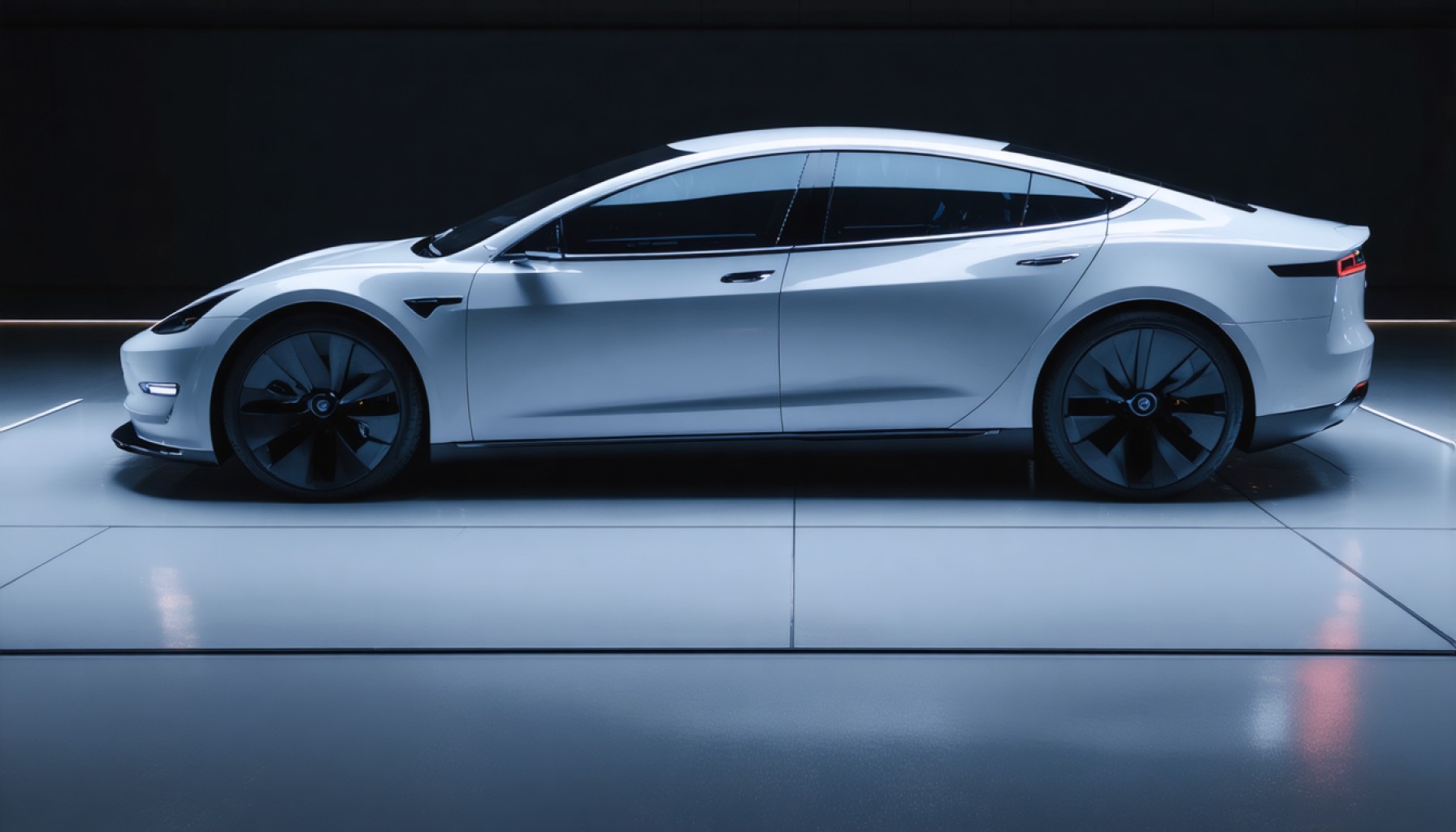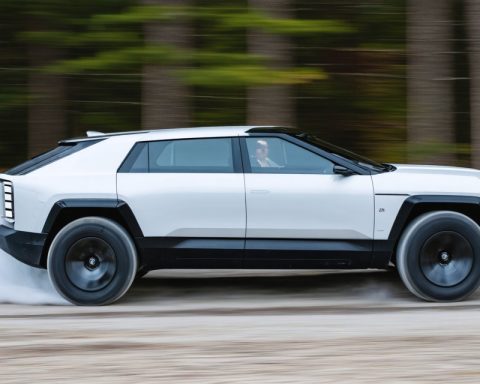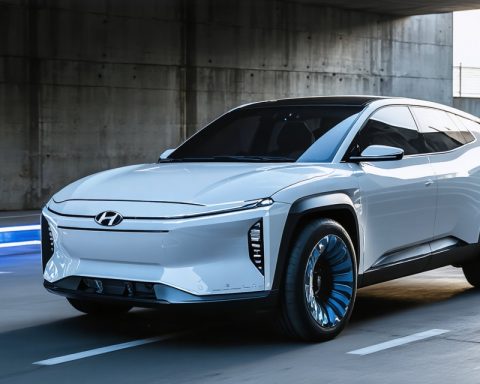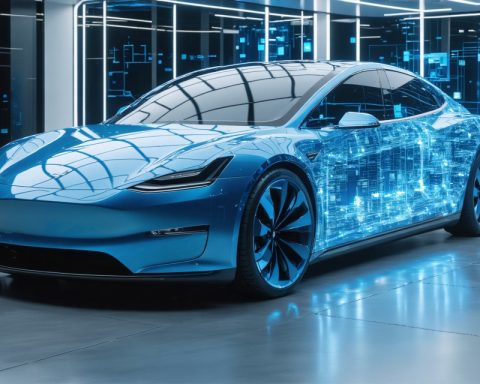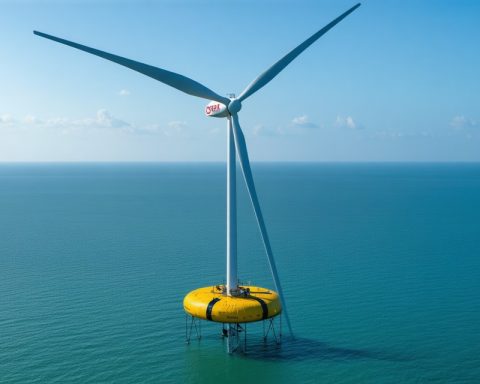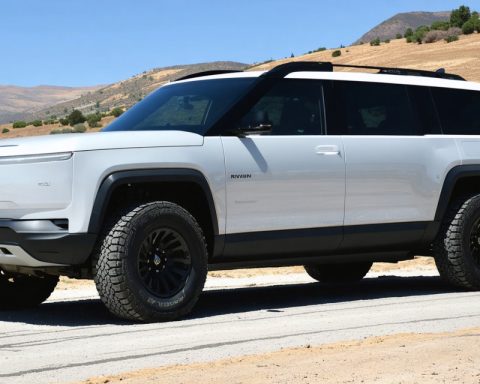- BYD, a leading Chinese electric vehicle (EV) company, surpassed Tesla with $100 billion in revenue, marking a significant shift in the EV industry.
- BYD’s growth includes selling 4.3 million vehicles in 2024, a 40% increase from the previous year, starkly contrasting Tesla’s declining sales and market share.
- Innovative battery technology from BYD allows 250 miles of charge in five minutes, outshining Tesla’s Superchargers and boosting BYD’s market position.
- Geopolitical tensions and U.S. regulations pose challenges for Chinese vehicles entering the American market, protecting local companies like Tesla.
- Tesla’s market influence is waning globally, with a 44% market share drop in Europe and a 26% decline in share prices year-to-date.
- The competition signals Tesla’s need to adapt and innovate as global EV market dynamics rapidly change.
Shenzhen is on the map of automotive history, casting a shadow over Silicon Valley. BYD, the Chinese electric vehicle titan, has fiercely leapt past Tesla, recording an impressive $100 billion in revenue last year, outdoing Tesla’s $97.7 billion. This moment marks not just a mere financial milestone but hints at a seismic shift in the electric vehicle (EV) landscape.
While Tesla has been a pioneer in the EV sector, creating a new-age vehicular empire under Elon Musk’s bold vision, its position as the uncontested leader in this arena seems to be slipping. BYD’s aggressive strides in not only China’s explosive EV market but also its sights on global dominance signal that it might soon be taking the crown once worn confidently by Tesla.
With a spectacular surge in its sales, BYD sold nearly 4.3 million vehicles in 2024 alone, showcasing a 40% increase from the previous year. The company’s meteoric 161% rise in monthly sales as stated in February figures contrasted starkly with Tesla’s simultaneous sales slump and falling share prices. A defining highlight that added a rocket boost to BYD’s momentum was their astonishing vehicle battery technology unveiling. This innovation claims to pump 250 miles’ worth of charge in just five minutes, overshadowing Tesla’s Superchargers. These astonishing capabilities mirror BYD’s prowess in marrying technology with efficiency, further catapulting its shares upward.
However, the geopolitical climate continues to shape the battlefield. The fracturing diplomatic relations and rigid regulations rooted during the Biden administration remain a formidable barrier for Chinese vehicles entering the American market. While Trump’s prior marketing stint at the White House showcased Tesla as Americana embodied on wheels, it foreshadowed a strategic play to protect local entities from the swelling Chinese wave.
Yet, Tesla’s tale is also one of caution. Its market share is crumbling in parts of Europe, with data revealing a stark 44% drop, emphasizing the company’s vulnerability beyond U.S. borders. Even as shares staged a temporary upward rally thanks to Musk’s persistent efforts, the shadow of a 26% decline year-to-date looms large.
The narrative unfolding is not just of financial titans clashing but a message of adaptability and foresight that Tesla must heed. While U.S. policies may temporarily shield Tesla from immediate competition at home, the real challenge lies in the global market. As competitors like BYD continue evolving at breakneck speed, the future promises both chaotic competition and the burgeoning possibilities of innovation reshaping transportation.
The Battle of Titans: How BYD is Outpacing Tesla in the Electric Vehicle Race
The Evolution of the EV Landscape: BYD vs. Tesla
The rise of BYD signifies a pivotal moment in automotive history, especially within the electric vehicle (EV) sector. Surpassing Tesla with over $100 billion in revenue in 2024, compared to Tesla’s $97.7 billion, BYD’s growth is a testament to its aggressive market strategies and technological advancements. This shift points towards a changing dynamic where Tesla is no longer the uncontested leader, with BYD poised to challenge its dominance not just in China, but globally.
The Secret Behind BYD’s Meteoric Rise
1. Technological Innovations: BYD’s recent unveiling of a groundbreaking vehicle battery that charges 250 miles in just five minutes is a game-changer. This advancement overshadows Tesla’s fast-charging technology and reflects BYD’s commitment to innovation.
2. Market Expansion: With nearly 4.3 million vehicles sold in 2024, a 40% increase from the previous year, BYD’s aggressive market expansion is evident. The company’s 161% rise in monthly sales underlines its strategic prowess in capturing market share.
3. Adaptability and Regulatory Challenges: Despite its growth, BYD faces significant regulatory barriers in expanding into the American market, largely due to strained diplomatic ties and protective regulations favoring domestic brands.
How Tesla is Responding
– Strategic Innovations: Tesla continues to invest in R&D, aiming to enhance its battery technologies and expand its vehicle lineup. Innovations like improvements in battery range and autonomous driving capabilities are critical to maintaining its edge.
– Market Strategies: Tesla is focusing on expanding its manufacturing capabilities globally, including new giga factories, to mitigate challenges in market share loss, particularly in Europe where a 44% drop has been recorded.
Challenges Ahead for Both Giants
– Geopolitical Tensions: The strained U.S.-China relationship affects market dynamics, particularly impacting how Chinese automotive brands, like BYD, perform in Western markets.
– Increasing Competition: With more players entering the EV market, both BYD and Tesla face the challenge of maintaining their technological and market leadership.
Real-World Use Cases and Market Forecasts
– EV Adoption Trends: The global push towards sustainability is accelerating EV adoption, with projections indicating a surge in demand for more efficient, sustainable transportation solutions.
– Industry Trends: As battery technology continues to evolve, the focus will be on reducing charging times and increasing battery life, crucial for the next generation of EVs.
Insights and Predictions
The future of the EV market is set to be a battleground where innovation, adaptability, and strategic foresight will define leadership. Both BYD and Tesla must navigate geopolitical landscapes, regulatory challenges, and consumer expectations to shape the future of transportation.
Actionable Recommendations
– For Consumers: Consider the long-term benefits of newer battery technologies when purchasing an EV. Evaluate both range efficiency and charging infrastructure availability.
– For Investors: Pay attention to Tesla and BYD’s strategic moves and market expansions as indicators of growth potential.
– For Policymakers: Encourage innovation and competition by creating a fair regulatory environment that allows for domestic and international players to thrive.
Suggested Related Links
– Learn more about Tesla
– Explore BYD’s Innovations
Stay informed about how these titans are shaping the future of transportation and how your choices can influence the market.
